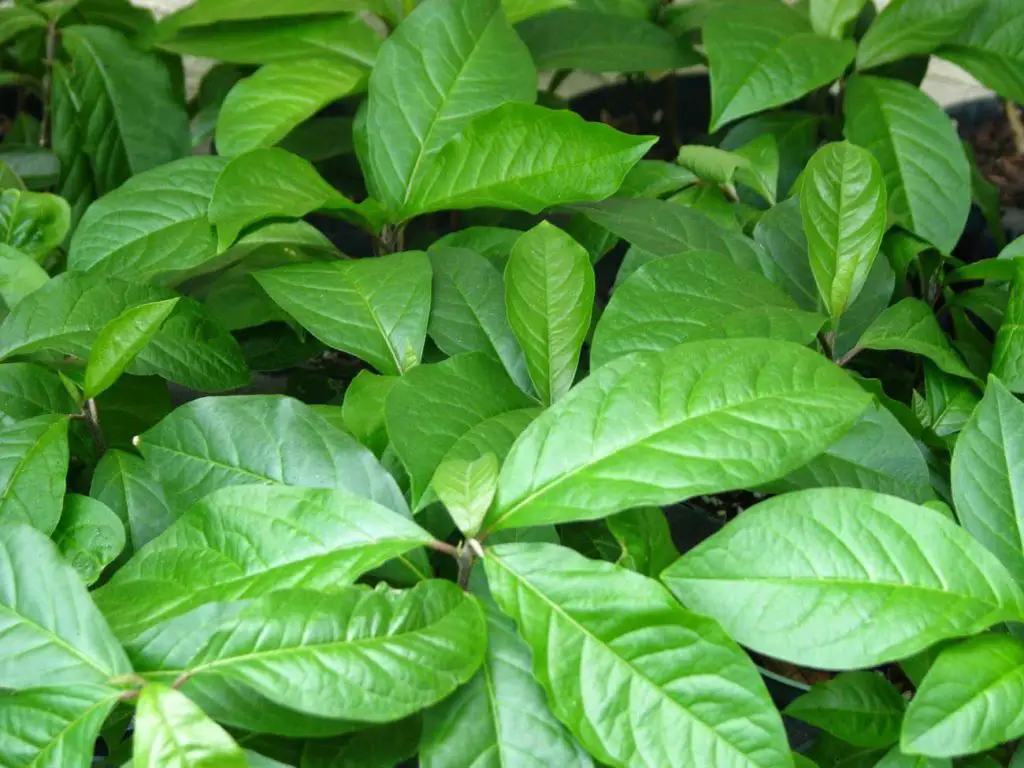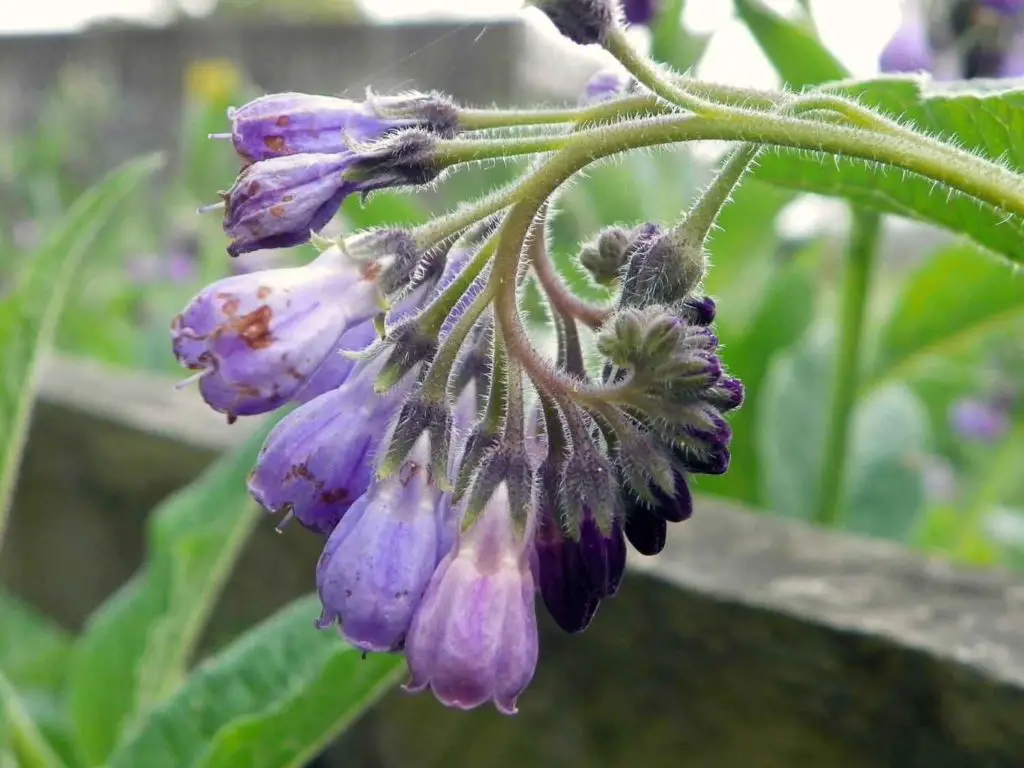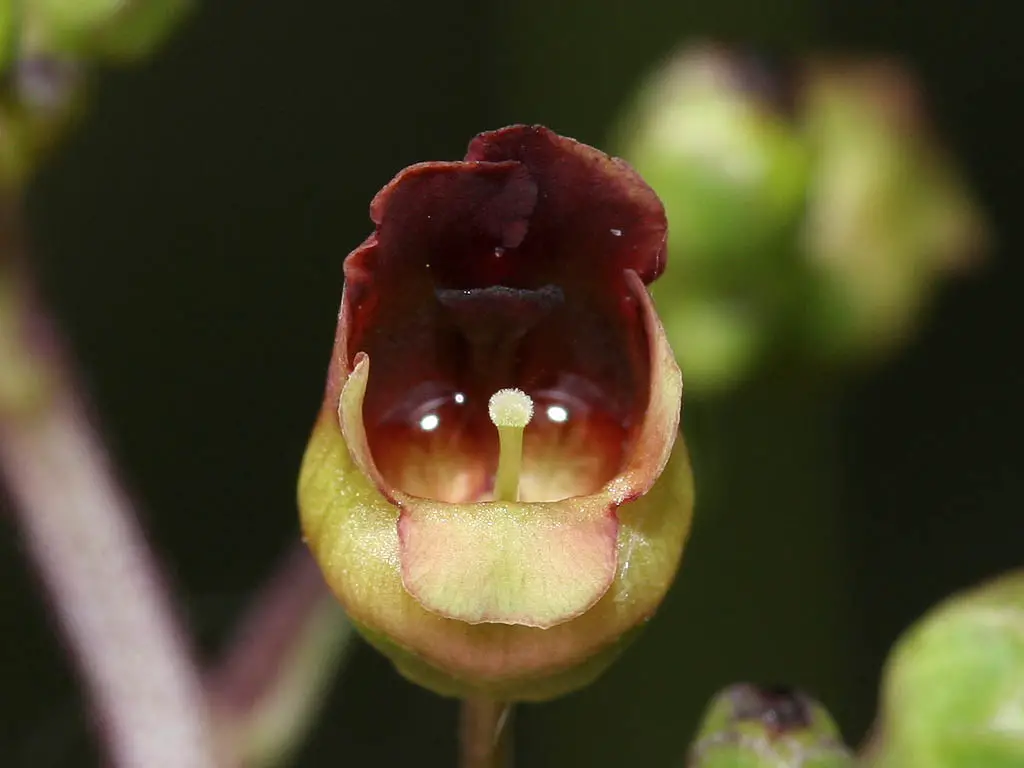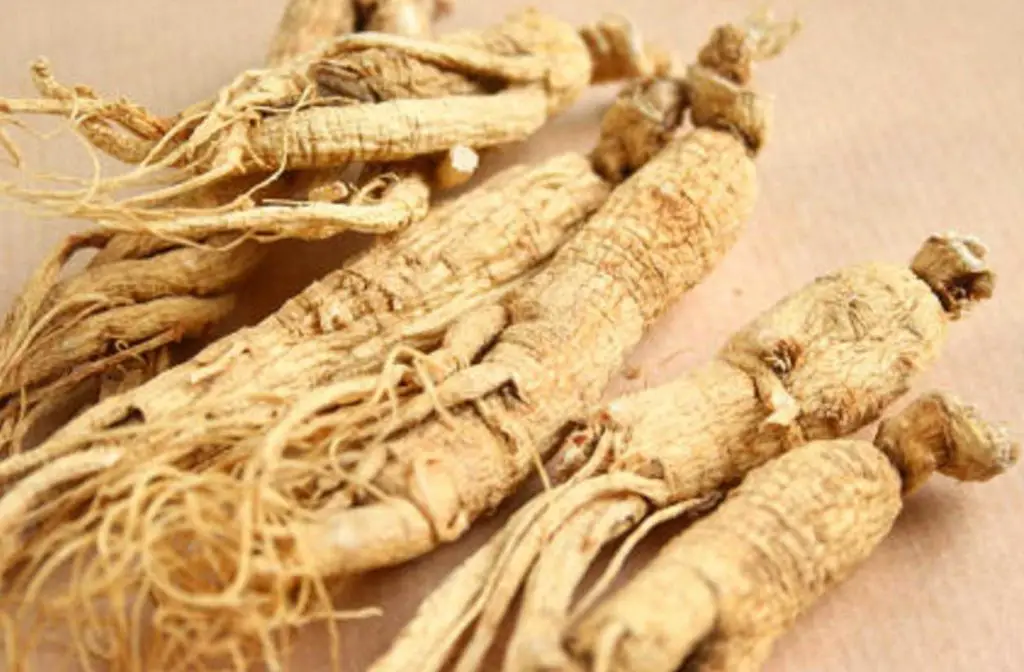What is Guinea Hen Weed?
Guinea hen weed is a tropical plant traditionally used in folk medicine for its wide variety of health benefits. However, its claims are still being researched by scientists. Nonetheless, numerous studies have already attributed the plant to a variety of health benefits including infections, respiratory problems and even cancer, among others.
The scientific name for guinea hen weed is petiveria alliacea. Other common names include anamu, apazote de zorro, apacin, mucura, tipi, congo root and gully root. It has been long used in Jamaica and in South America where it is most commonly referred to as anamu. Although it is relatively new to medicinal usage in the United States, it does grow wild in Texas and Florida as well as other locations along the Mexican border. It can also be found growing within Mexico, Central America, South America, the Caribbean and Africa. Due to the strong garlic scent of its leaves and roots, it is also sometimes called garlic weed.
The plant itself grows to about 3 feet tall and blooms small, green flowers. The plant’s leaves and roots have both been traditionally used to make tea, however, most of the disease-fighting benefits come from the root, which is thought to be more beneficial and stronger than the leaves. Those disease-fighting compounds include benzaldehyde, cis- and trans-stilbene, benzoic acid, coumarin, trithiolaniacine, dibenzyl disulfide and dibenzyl trisulfide, which has killed tumorous cancer cells in studies and inhibited the reverse transcriptase enzyme of HIV-1.
The leaves and seeds also contain disease-fighting compounds. Benzyl 2-hydroxyethyl trisulphide, polyphenols, senfol and tannins are found in the leaves. It’s antioxidant tannins give guinea hen weed the ability to reverse the damage caused by environmental free radicals, as well as the ability to reduce redness and swelling.
Isothiocyanates, isoarborinol, isoarborinol acetate and isoarborinol cinnamate are found in the seeds.
Guinea Hen Weed Benefits and Uses
Traditionally, people have been using guinea hen weed for centuries in an effort to fight colds, pain, arthritis, muscle spasms, sinusitis and anxiety, according to anecdotal evidence. But it isn’t all folklore — plenty of studies have also been published through the National Center for Biotechnology Information (NCBI) that show that guinea hen weed can also kill bacteria, viruses, cancer and leukemia cells, candida and fungi.
Cancer and Leukemia
Medical professionals in South American countries have been successful at treating people with breast cancer and leukemia using high doses of alcohol and water extracts of guinea hen weed. This was also proved in a study published in a November 2008 issue of “BMC Complementary and Alternative Medicine” when an alcohol extract of guinea hen leaves and stems incubated with human skin cancer and leukemia cells suppressed their growth. Although further testing is needed, a compound referred to as dibenzyl trisulfide is thought to be one of the chemicals in the plant’s root that prevents cancer cells from multiplying while leaving the healthy cells of the body unharmed. Research has also indicated that guinea hen weed can boost the immune system by increasing its production of lymphocytes and killer cells, therein which providing the body increased protection against cancer. What’s more, back in 1990, Italian researchers found that guinea hen weed extract also suppressed growth of leukemia cells. Follow-up studies found that it not only suppressed leukemia and cancer cell growth, but it also provided cytotoxic effects, meaning that it had the potential to actually kill leukemia, lymphoma and breast cancer cells.
Anti-bacterial and Anti-fungal
Besides being responsible for guinea hen weed’s garlic- and onion-like odor, its sulfur-containing compounds have long been thought to treat infections. Modern science has started to study those compounds, and evidence has supported its claims. Studies have also discovered that the plant’s roots have a much higher concentrations of biologically active compounds than its leaves. According to an issue of the “Journal of Ethnopharmacology” from March 2006, extracts prepared the plant’s macerated roots inhibited the growth of a variety of bacteria and fungi, including those that cause genital infections, food-borne illnesses and respiratory disorders.
Anti-Inflammatory
A study published in an April 2002 issue of “Phytomedicine,” looked at ways that using a freeze-dried extract of the guinea hen weed root could be given orally to rats with pleurisy, which is infection inflammation of the membranes that line the cavities of the lungs. According to the study, the guinea hen weed treatment reduced pain in the rats and also decreased the number of white blood cells traveling to the areas of inflammation. Another method of delivery studied for inflammation and pain was by using a tea called tipi. The study published in “Memorias do Instituto Oswaldo Cruz” in 1991 involved participants with arthritis in their hips and knees. After drinking the tea, participants reported decreased pain with movement, as well as less pain at nighttime. However, people who drank a placebo tea also reported similar benefits. Clinical research from Sweden has seemed to validate its use in treating rheumatism and arthritis. According to Swedish studies, guinea hen weed has COX-1 inhibitory behaviors, which is a significant discovery considering COX 1 inhibitors have become popular and profitable arthritis drugs for large pharmaceutical companies.
Diabetes
Although people have traditionally used guinea hen weed in Cuba as a treatment for diabetes, not much research has been done to prove its effects. However, interesting results have come from several animal studies that showed a reduction in blood sugar levels. In one study, blood sugar was decreased by 60 percent with guinea hen weed.
Read about Ashitaba for the treatment of Diabetes.
Cold and Flu
Anecdotal evidence suggests that guinea hen weed has been used to treat cold and flu symptoms for centuries, which is most likely due to its ability to boost the immune system. A strong immune system is better able to fend off bacteria and viruses that can cause illness.
Menstruation
Guinea hen weed, according to folklore and anecdotal evidence, is thought to be a natural emmenagogue, which can stimulate blood flow. By stimulating blood flow to the uterus, guinea hen weed can stimulate menstruation. However, this is anecdotal evidence and should be considered with caution. Women trying to conceive should obviously abstain from guinea hen weed due to its emmenagogue properties.
Insect Repellent
Because of its strong, garlic-like smell, guinea hen weed has also been used as a insect repellent. In South America, extracts from its leaves have also been used to control ticks in cattle.
Tooth Decay
Back before traditional toothpaste was invented, people were chewing guinea hen weed leaves in an effort to prevent tooth decay, because of its antimicrobial activities properties. It also helps freshen breath.
For other Carribean herbs, you can also check out the Cerasee Plant, Guinep Fruit, and Bissy Tea.
How is Guinea Hen Weed Used?
Traditionally, people would grate its roots, soak them in alcohol and then use the mixture to treat rheumatism, snakebite, parasites and venereal diseases. It has also been known to lower blood sugar, reduce fever and stimulate the immune system.
In some parts of the world, people crush the leaves and beat them into a paste that can be applied topically to treat arthritis, muscle pain and headaches.
Today, guinea hen weed is most commonly consumed in capsule or tea form to prevent and treat a wide variety of ailments.
Guinea Hen Weed Dosage
More research needs to be done before safely recommending any type of dosage of guinea hen weed, since there are so many factors contributing to its usage, including whether it is used topically or consumed orally. Commercially, guinea hen weed (or anamu, as it is commonly sold) can be found in both tablet and capsule form. The whole herb is also available in dried form to make a traditional tea or decoction.
Tea: To make a traditional guinea hen weed tea, many providers and consumers recommend taking about 30 grams of the dried, whole herb and seeping it in 1 liter of boiling water for at least 15 minutes. Traditional users recommend drinking between one-quarter and one-half cup, one to three times daily depending on the condition sought to relieve. You can also use the same mixture topically to treat muscle and joint pain. Keep in mind that this is a remedy passed down through generations, and is not official medical advice. Premade tea bags can also be purchased online from sellers in Jamaica and the Caribbean.
Capsule: In capsule form, guinea hen weed is often sold to provide immune system support in 400-500 mg doses, by the name of anamu or petiveria alliacea. Most distributors only recommend one capsule per day.
Guinea Hen Weed Side Effects, Safety, Dangers and Warnings
Although guinea hen weed is generally considered to be safe, there are certain precautions to be aware of, especially considering that it isn’t federally regulated. Also keep in mind that whenever creating your own tinctures or teas, there is room for error and the potential to ingest too much of it.
Pregnant women and women who are trying to conceive should avoid guinea hen weed, as studies have shown that it can stimulate uterine contractions that could lead to miscarriage and induce abortion. However, women in Central America have been known to use guinea hen weed to facilitate easier childbirth and relieve birth pains.
People who have pre-existing blood conditions, such as hemophilia, and people who take blood thinning medications should avoid guinea hen weed because the natural coumarin found in the herb may cause complications.
People with diabetes or hypoglycemia should also avoid guinea hen weed or check with their health care provider first considering studies have proven that the herb has an ability to alter blood sugar levels.
References:
https://www.ncbi.nlm.nih.gov/pubmed/17621839
https://www.ncbi.nlm.nih.gov/pubmed/12657295
https://www.ncbi.nlm.nih.gov/pubmed/12138331
https://www.ncbi.nlm.nih.gov/pubmed/19017389
https://www.ncbi.nlm.nih.gov/pubmed/12046866
https://www.ncbi.nlm.nih.gov/pubmed/2100880
https://www.ncbi.nlm.nih.gov/pmc/articles/PMC2613870/
https://www.ncbi.nlm.nih.gov/pubmed/1377342




